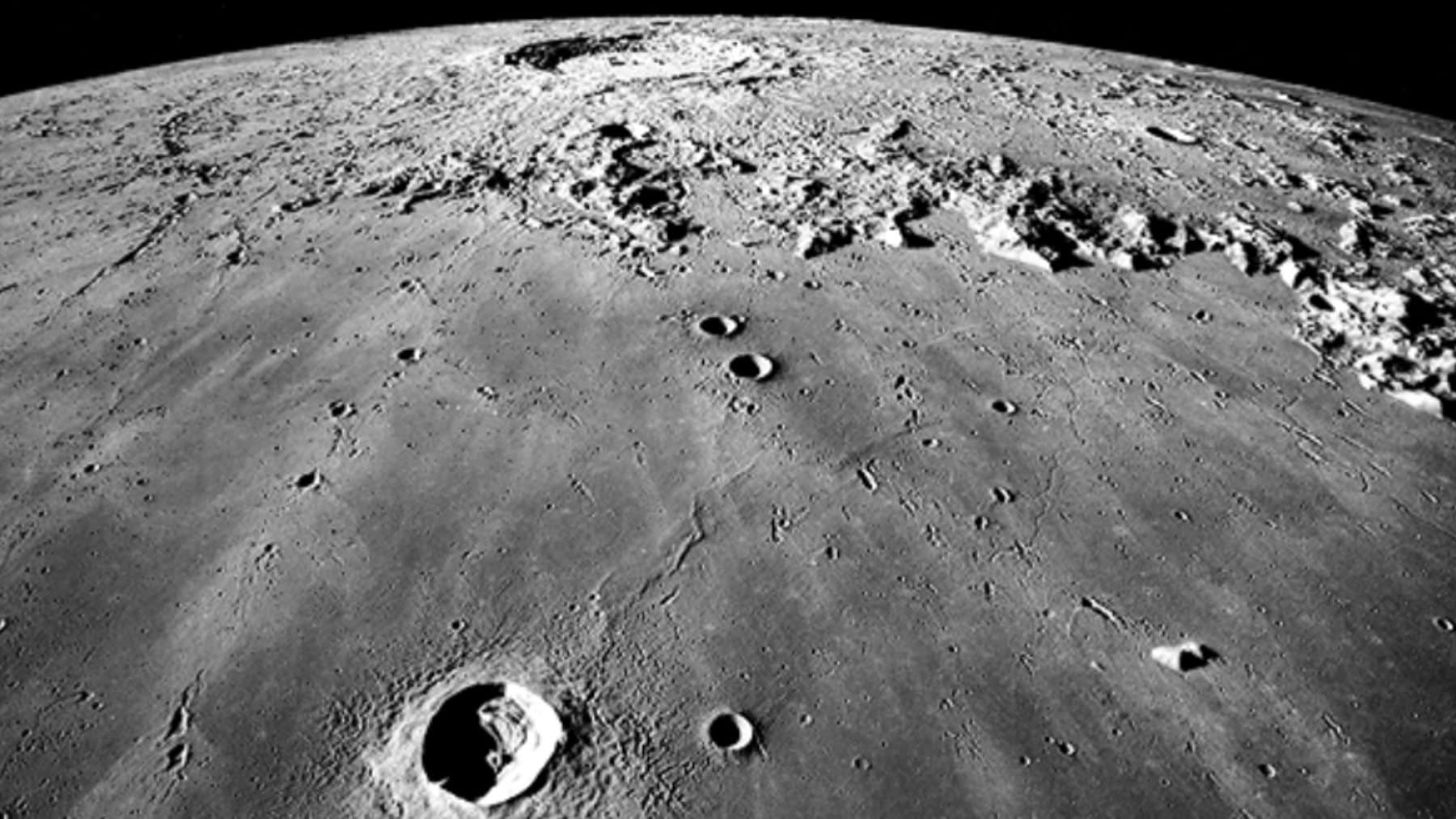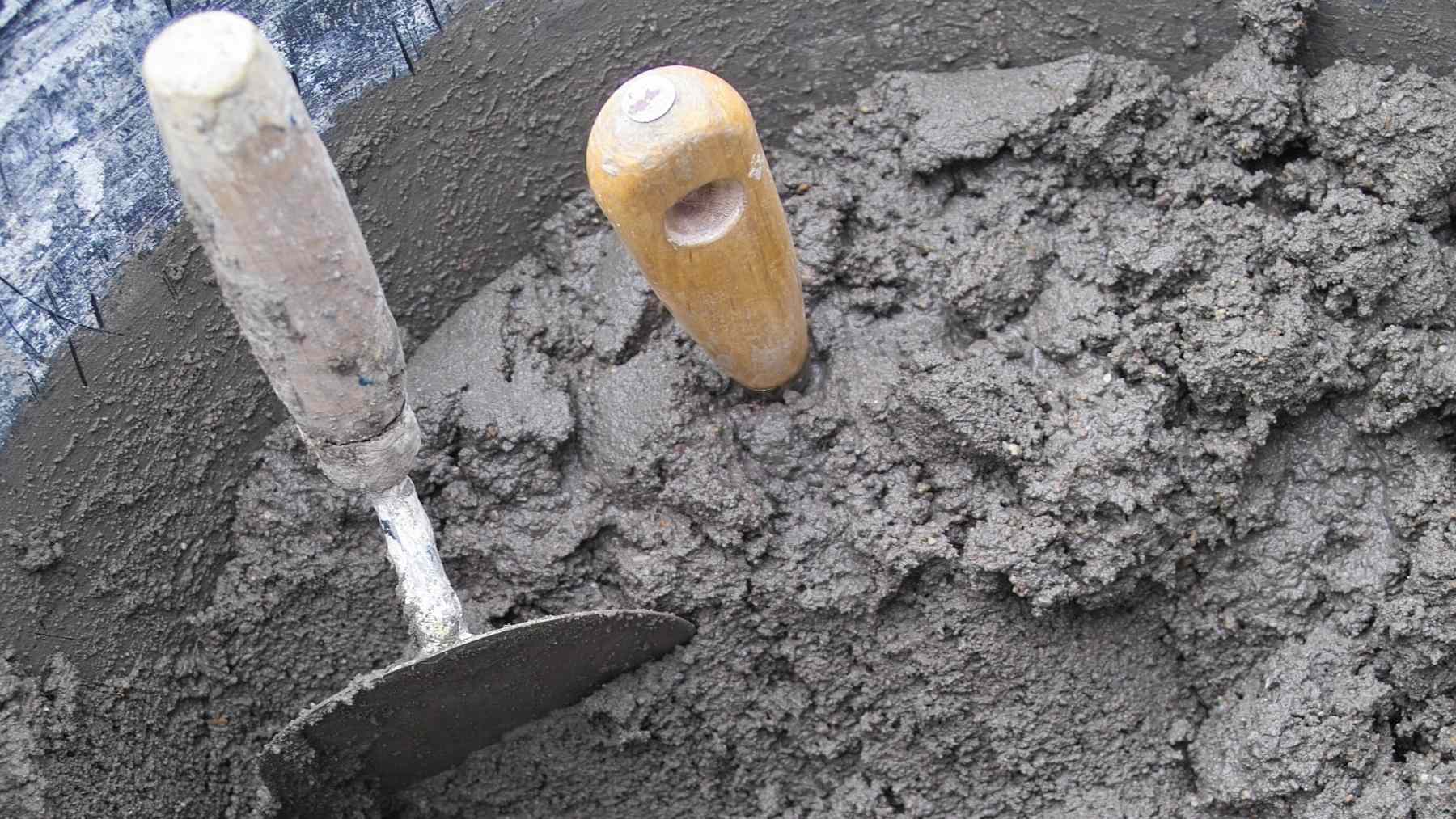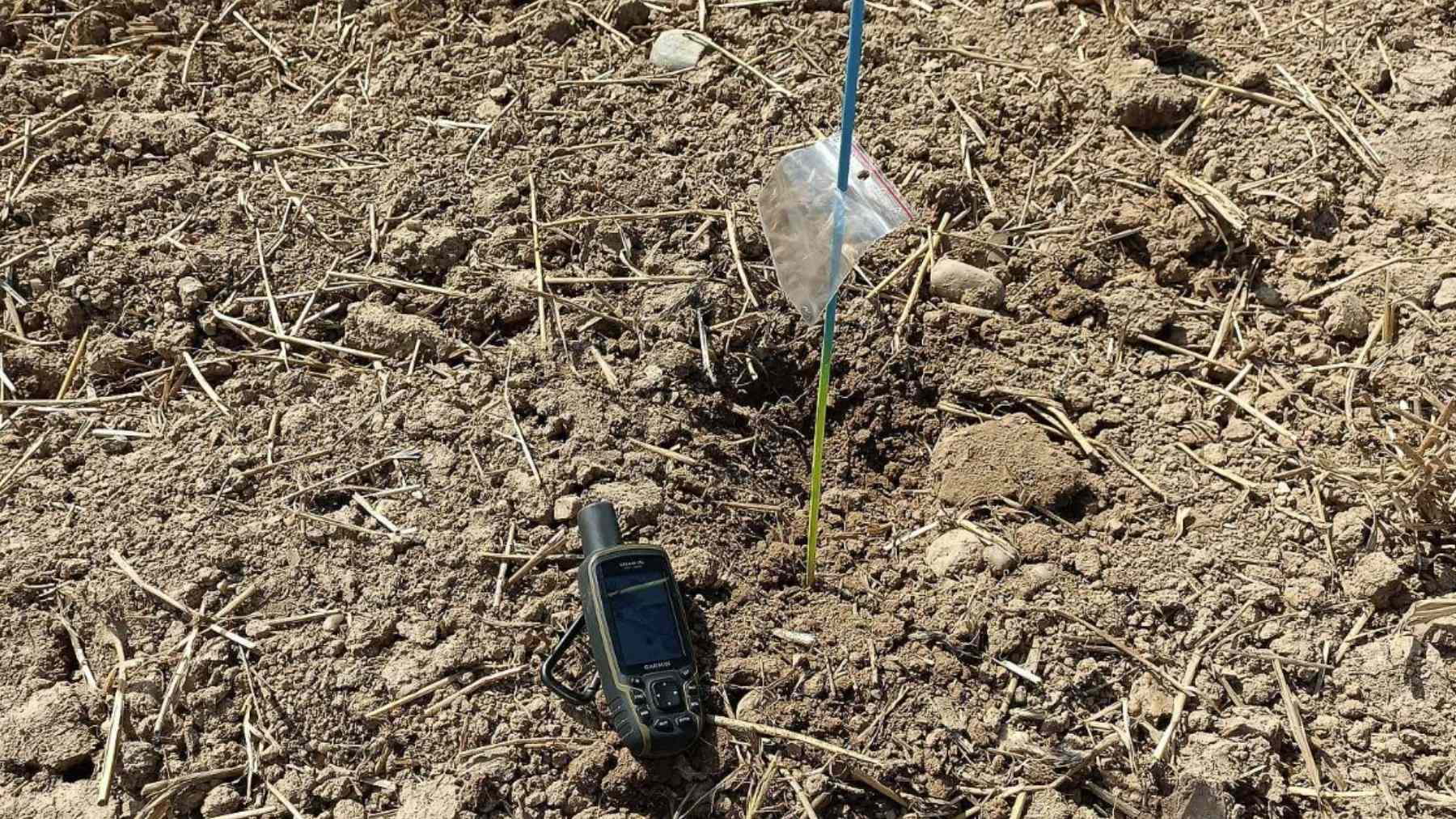Our interest in the moon has never been just curiosity to explore what we don’t know, but rather to understand how what’s out there can transform what’s here – and how we can take advantage of it, of course. With this in mind, Chinese scientists have been studying lunar stones. Why? Well, maybe they’re the solution to the water crisis we’re experiencing on Earth.
What did Chinese researchers actually discover?
In August 2024, researchers from the Chinese Academy of Sciences discovered that the soil covering the surface of the Moon, scientifically known as lunar regolith (a mixture of dust, fragmented rocks, and fine particles), may contain more water than previously thought. Which, of course, is great news. And to make matters worse, this water can be extracted using a relatively simple process.
In addition to being a huge discovery, this news refutes what was previously known, when it had already been confirmed that lunar stones were considered sterile in terms of water resources. With this twist, the researchers discovered that lunar minerals such as ilmenite accumulate a lot of hydrogen brought by the solar wind. And these minerals, when heated to temperatures of more than 1,000°C, react with hydrogen, releasing water vapor.
Okay, but what does that mean? Basically, one ton of lunar soil can generate more than 50 kg of water. Just to understand even better, this amount would be enough to supply 50 people per day with the minimum necessary for consumption – yes, impressive.
How does this discovery affect the lunar expedition?
In addition to being a historic discovery, this milestone opens the door to self-sustainable lunar colonization, meaning that it will be possible to use local resources to maintain human presence. Scientists call this concept in-situ resource utilization (ISRU), and it is one of the main objectives for long-term plans by space agencies such as NASA, ESA, and CNSA.
As if revealing the possibility of having water on the moon (as China also discovered an ocean on the far side of the natural satellite) were not enough, the study also showed that it is possible to start forming water at much lower temperatures, reaching up to 200°C in certain conditions. This drastically reduces energy costs and makes the use of technology on a large scale more viable.
Remember, not all areas of the Moon are created equal when it comes to hydrogen. The polar areas, for example, don’t get as much exposure to the sun, hold more hydrogen, and therefore have a greater potential for water extraction. So why does this interact? Well, it is very important to guide the location of our future bases.
Can lunar stones also be used on Earth?
As soon as this new study came out, the question arose: could this discovery of water in the lunar soil also be used here on Earth, or could we at least apply the same technology here? Well, this logic of extracting water from minerals could indeed inspire innovative solutions on Earth. One example we can think of is those desert regions that have almost no access to water sources. Processes similar to this could make water production viable.
In addition, by using the Moon as an outpost for extracting water and producing fuel, we could influence space logistics chains, which would reduce dependence on Earth for supplies in future missions to Mars – or even other planets. Speaking of Mars, it is important to remember that Elon Musk said he will colonize Mars this year (yes, in 2025), which shocked everyone with his entire plan.













